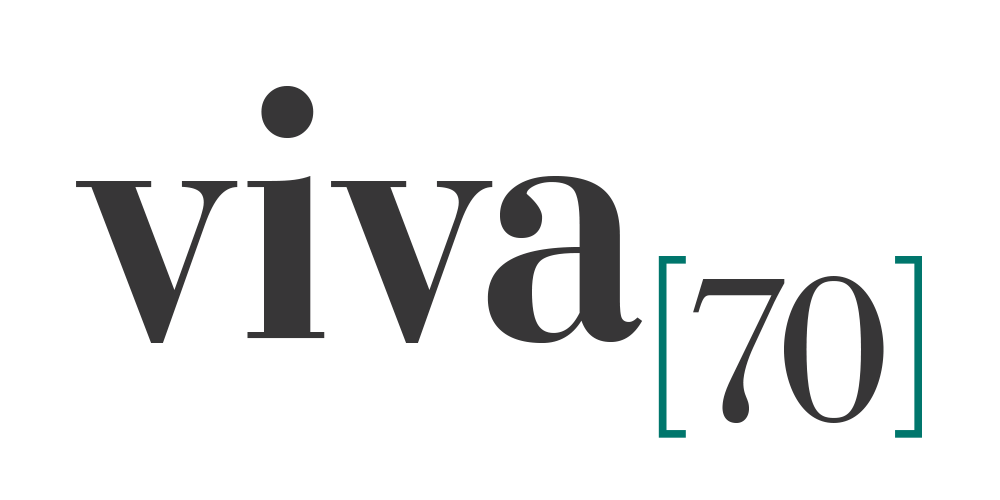
Household budgets make me shudder. I did my last one in 2020 and look how that year turned out! When I ran my consulting business for 20 years I was hugely busy and also super organised. (What do they say about giving important tasks to busy people?!) Quarterly reporting was done on time. I knew how to manage cash-flow and outgoings and how many billable hours I needed to book to meet my financial objectives.
Then I retired and had more time than I ever had and a much simpler life. And guess what…….budgeting and a financial overview went out of the window and while all the bills get paid and I don’t have debt, I’ve lost the overview of how much I am spending on things like utilities, food etc. So with wild storms raging outside and a cosy cuppa in hand, it’s time to take financial stock. Have you done this recently?
Let’s start with some basic questions
- What are the months when most of your big bills come in?
- How much do you spend on take-away food each month/ week?
- What’s the current interest rate on your credit card/s?
- How much does it cost to run your car in a year?
- How much does it cost to own your home each year?
- Has your spending on clothes increases or decreased since last year?
- How much did you spend on Christmas last year..presents, food, travel?
- What are your fixed costs?
- What are the areas of discretionary spending that you can change?
- How much do you save each month?
- What is the largest cost item in your spend?
How many Don’t Know’s did you score? If it’s more than two take the time to Marie Kondo your financial management. I promise you it feels great when you’re done!
Let’s start with some basic principles
Elizabeth Warren (author of All Your Worth:The Ultimate Lifetime Money Plan) popularised the 50/20/30 principle. She suggested that income be divided 50% on needs, 30% on wants and 20% on savings. That means bills and essential payments are 50% of your income. They are the fixed costs. Streaming service fees, takeaway coffees, haircuts are part of the discretionary 30% and you aim to save 20%. It’s a good metric to keep in mind.

The fact is that we all arrive at retirement with very different levels of savings. Many self – funded retirees with healthy, diversified financial interests can ride market turbulences and still live well. At the other end of the continuum may women arrive at retirement age with a small superannuation fund if any and wholly or partly reliant on the government pension to fund their older age.
But there are many changes older people are making to manage a shortage of savings and a much longer life. Renting rather than home ownership is becoming a more attractive proposition for many people. Moving to a lower cost country such as Portugal, Malaysia, Indonesia, Puerto Rico, Slovenia and Spain is an option for some. The Granny flat attached to their son or daughters home is a common option too. Many older people also work now for as long as they are able in order to meet financial commitments. Others run small businesses or rent out properties on airbnb and similar.
Against this diverse backdrop how do we take stock of our household budget? There are many apps such as moneysmart.gov.au and www.thebalance.com I keep it really simple,,,some paper based and some spreadsheet. Now that I understand the basic profile of what I’m spending I can move all this financial tracking to my phone.
- Set up a monthly financial tracking document. It has 2 sections Income and expenditure. I generally record anything over $30 in expenditure- all bills, clothes, petrol etc. For the last 3 months I’ve recorded EVERYTHING I spend because it all adds up and I wanted to see clear evidence of every cent spent. That includes credit card and cash and debit card expenses. It takes only seconds every couple of days but it provides a wealth of information

- Using a spreadsheet or app write down all your fixed costs- the 50% mentioned above. I included house costs such as insurance & rates, medical insurance, energy costs, car related costs such as insurance, services and fuel.
- In the 30% wants category I’ve included food because I have a lot of discretion in how much I buy and how much I spend on food. also, entertainment, clothes etc
- The 20% saving category can be saving for big bills or holidays or a new pair of shoes!
- The final document I use is a calendar of the key bills and when they need to be paid so I know my water bill is paid 3 times a year and the months it needs to be paid, the gas bill is monthly paid on 15th of every month etc. Now I know how much I need to put away to pay these major bills.
The whole process took me an afternoon and it gave me an understanding of where my money is going and how I can better organise to manage limited assets and income. What did I learn from this exercise….
- That saving on a fixed income is hard! So I’ve set small goals to begin with.
- Check your spending on road tolls! My twice weekly trips to Melbourne cost a lot in fuel and City Link fees. I’m more thoughtful about whether I need to go so frequently.
- Check on those cups of coffee and the inevitable cake or lunch…… even $10 a day adds up to $300 a month or over $3000 a year!
- Gym memberships…Hmmm…reassess this one!
- It’s the little things…. “treats” such as facials, flowers, clothes I don’t need. so frequently. Save the money. Go for the BIG treats like a holiday or minibreak rather than lots of little ” treats”
- Hair colour……. I just saved around around $1,000 a year on this one by going natural!
- I was amazed at how little jobs around the house add up if you’re a single woman with no home maintenance skills! Solution- I’ll mow your lawn if you fix my leaking tap! It worked! Get creative… maybe it’s time to learn some basic home maintenance skills?
Many of you will be super efficient money managers and a good accountant is a must. If you have any useful tips or advice on what works for you please share them in the comments box below. We can all learn from each other.
